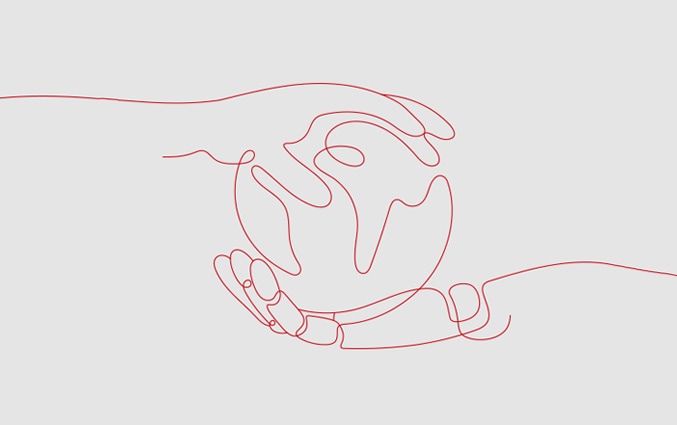Huawei's Dang Wenshuan: Autonomous networks Level 4 will boost business value and now is the time to start
[Copenhagen, Denmark, June 20, 2024] During the Digital Transformation World (DTW) 2024, Dang Wenshuan, Huawei's Chief Strategy Architect, attended the Autonomous Network Industry Summit (hosted by TM Forum and China Mobile) and delivered a keynote address entitled "Embarking on AN L4 for Greater Value."

Keynote address by Dang Wenshuan, Huawei's Chief Strategy Architect
The Autonomous Network (AN) industry has entered a key stage, where the evolution from Level 3 to Level 4 will usher in an exponential leap in the value of AN. In this regard, Dang Wenshuan said, "We believe that AN Level 4 will be achieved based on scenarios and can bring competitive business value in terms of advancing employee capabilities and customer satisfaction. Furthermore, with the development of key technologies, such as telecom foundation models and digital twins, it is feasible to advance towards AN Level 4. Therefore, we suggest that global communications service providers (CSPs) both in developed and emerging markets adopt the leapfrog transformation strategy of embarking on AN from Level 4."
Dang also illustrated Huawei's main strategy for industry development from the aspects of Level 4 reference architecture and application cases. In terms of architecture, in addition to the previous two principles brought up at the TM Forum – "single-domain autonomy and cross-domain collaboration" – Dang proposed three principles: value-driven, crystallization, and productization. Based on these five principles, Huawei's autonomous driving network (ADN) solution offers two types of intelligent products and professional services, including scenario-specific AI agents and role-specific copilot apps.
- After determining their own profile based on scenarios, AI agents are capable of automatic running and continuous optimization. Additionally, they can perform human-agent interactions through the intelligent O&M cockpit, including setting agent targets, monitoring agent running, and AI takeover services.
- Based on specific O&M roles, copilot apps can enable employees by providing LUI-based digital assistant apps on mobile phones and PCs.
The preceding solutions have achieved remarkable outcomes in Huawei's cooperation with CSPs. For example, in cooperation with China Mobile Guangdong, AI agents collaborate with copilot apps to shorten the mean time to repair (MTTR) of troubleshooting on mobile bearer networks from more than 120 minutes to only 20 minutes. And in cooperation with China Mobile Henan, the deployment of the AI agents for wireless network optimization successfully simplifies the service process and streamlines the breakpoints, reducing the number of low-speed cells by 20% and the optimization duration from one day to one hour.
During the summit, Huawei, together with the organizer, tier-1 CSPs like Vodafone and Telefonica, and industry representatives, jointly released the Autonomous Networks Level 4 industry blueprint: high-value scenarios. Dang also attended the release ceremony on behalf of Huawei.

Release ceremony of the Autonomous Networks Level 4 industry blueprint: high-value scenarios
Considering that the evolutionary journey towards AN Level 4 is a long-term process, Dang stressed that, "Autonomous Networks is Now," our industry needs to strengthen cooperation to achieve AN Level 4 in more high-value scenarios. Moreover, based on continuous practice, we should establish a mechanism for evaluating the business effect, constantly optimize the reference architecture of AN Level 4, and embark on the Autonomous Networks Level 4 journey for greater value."




